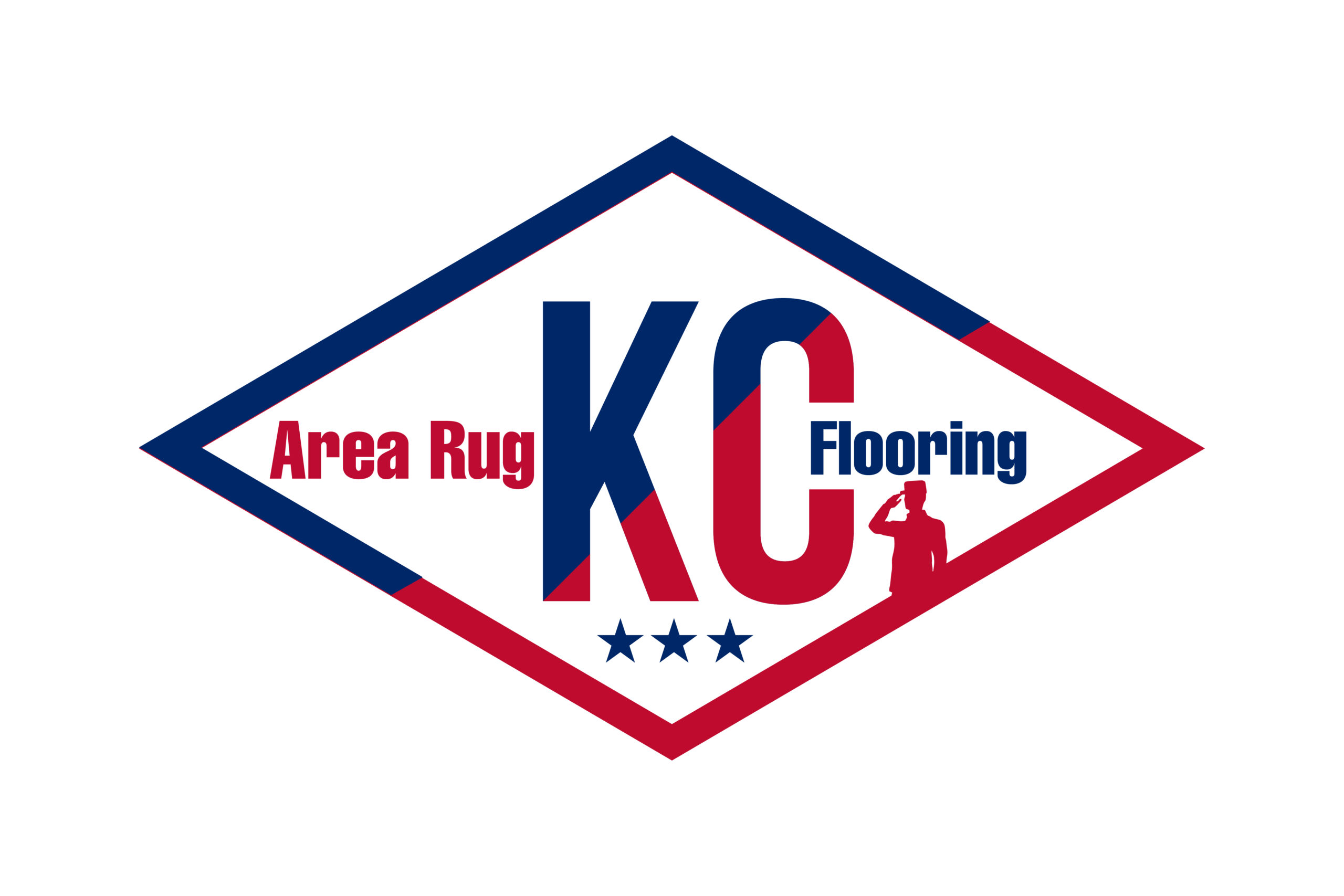 Embarking on a do-it-yourself (DIY) carpet installation project can be a rewarding endeavor, providing a sense of accomplishment and potential cost savings. However, ensuring a successful outcome requires careful planning, attention to detail, and the right set of tools. In this guide, we’ll share valuable tips and tricks for those attempting DIY carpet installation. Whether you’re a seasoned DIY enthusiast or a first-time installer, these insights will help you achieve professional-looking results and make the most of cash and carry pricing when purchasing carpets.
Embarking on a do-it-yourself (DIY) carpet installation project can be a rewarding endeavor, providing a sense of accomplishment and potential cost savings. However, ensuring a successful outcome requires careful planning, attention to detail, and the right set of tools. In this guide, we’ll share valuable tips and tricks for those attempting DIY carpet installation. Whether you’re a seasoned DIY enthusiast or a first-time installer, these insights will help you achieve professional-looking results and make the most of cash and carry pricing when purchasing carpets.
- Measure Twice, Cut Once: Before diving into the installation process, accurate measurements are crucial. Measure the room’s length and width, accounting for any alcoves or irregularities. Add a little extra to account for potential waste or errors. By ensuring precise measurements, you’ll minimize the chances of running out of carpet or having excess material.
- Invest in Quality Tools: A successful carpet installation relies heavily on having the right tools. Invest in high-quality tools such as a carpet cutter, knee kicker, power stretcher, and seam roller. These tools will make the installation process more efficient and help achieve a polished finish.
- Choose the Right Carpet Padding: Carpet padding is often an overlooked but essential component of the installation process. Select the appropriate padding for your carpet type and consider factors such as thickness and density. The right padding not only enhances comfort but also prolongs the life of your carpet.
- Acclimate the Carpet: Allow the carpet to acclimate to the room’s temperature and humidity for at least 24 hours before installation. This step ensures that the carpet adjusts to the environment, preventing issues like buckling or shrinking after installation.
- Seam Placement and Pattern Matching: If your room requires multiple carpet rolls, carefully plan the seam placement. Opt for seams in less visible areas and avoid placing them in high-traffic zones. Additionally, pay attention to pattern matching, ensuring a seamless and professional appearance.
- Proper Stretching Techniques: Using a knee kicker and power stretcher, stretch the carpet evenly to prevent wrinkles and bulges. Proper stretching is crucial for achieving a smooth and taut surface, contributing to the overall longevity and appearance of the carpet.
- Mind the Direction of the Pile: Carpets often have a distinct pile direction, which affects their appearance. Ensure that all carpet pieces are installed with the pile facing the same direction for a uniform and cohesive look.
- Trimming and Finishing Touches: Take your time with trimming excess carpet along walls and corners. Use a sharp utility knife and a straight edge for clean and precise cuts. Tuck the carpet edges neatly against the walls, using a carpet tucker or a putty knife to achieve a professional finish.
- Proper Ventilation During Installation: Adequate ventilation is essential during the installation process. Open windows and doors to allow fresh air to circulate, aiding in the dissipation of any adhesives or carpet-related odors.
- Post-Installation Care: Once the carpet is installed, avoid walking on it for a few hours to allow adhesives to set. Regular vacuuming and proper maintenance will help preserve the carpet’s appearance and longevity.
Embarking on a DIY carpet installation project can be a rewarding experience when armed with the right knowledge and tools. By following these tips, you’ll be well-equipped to achieve professional-looking results while taking advantage of cash and carry pricing when purchasing your carpets. Remember, precision and attention to detail are key to a successful installation that will enhance the beauty and comfort of your home.
- By: Samantha McCoy
- Tags: carpet, DIY
- Category: Carpet Tips and Tricks
- 0 comment

Leave a Reply